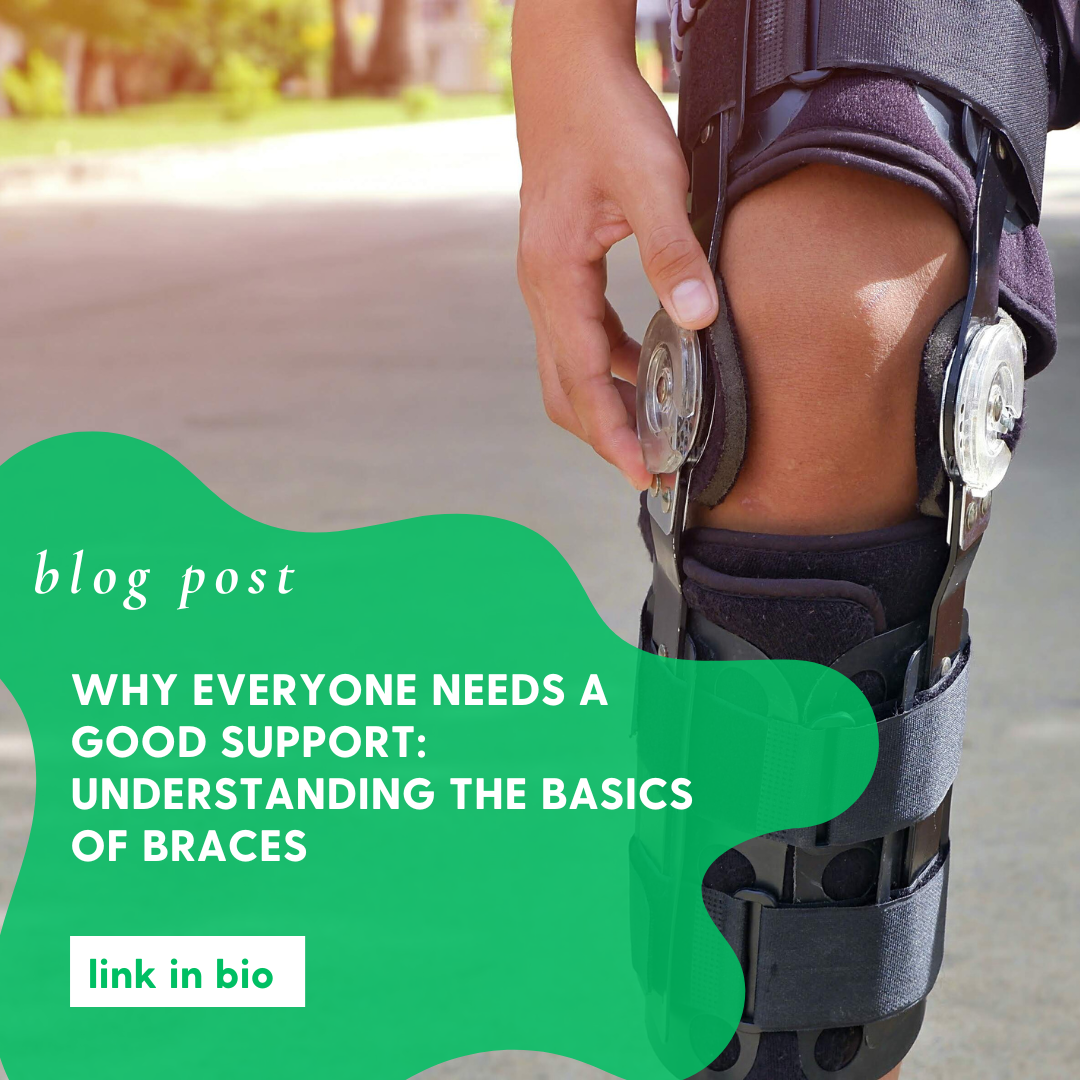When it comes to personal healthcare, prevention is just as important as treatment. Whether you're an athlete, someone recovering from an injury, or just looking to support your everyday activities, understanding the basics of braces and supports can be incredibly beneficial. This blog will introduce you to the different types of braces available, their uses, and why incorporating them into your health regimen can prevent further injuries and aid in faster recovery.
Understanding the Different Types of Braces and Supports
Braces and supports are designed to protect, stabilise, and provide relief from discomfort in various parts of the body. Here are some of the most common types:
- Knee Braces: These are excellent for athletes who engage in sports that put a lot of pressure on the knees, such as running, basketball, or soccer. They help in managing conditions like arthritis, sprains, and patellar tendonitis by providing necessary support and stability.
- Ankle Supports: Ankle braces are crucial for individuals who have experienced sprains or fractures. They provide the support needed to prevent the ankle from turning, which can lead to further injury.
- Wrist Braces: Ideal for those who perform repetitive tasks with their hands, like typing or lifting. They also aid in the recovery from wrist injuries such as sprains or carpal tunnel syndrome by immobilising the wrist and reducing strain.
Each type of brace is tailored to provide specific benefits depending on the area of the body it supports. By understanding these distinctions, users can make informed decisions about which brace will best suit their needs.
The Importance of Using Braces for Injury Prevention and Recovery
The primary function of braces is to provide support and stability to the musculoskeletal system, thus helping to prevent injuries during physical activities. Here’s why incorporating braces in your health regimen is essential:
- Injury Prevention: Braces help in maintaining the alignment of bones and joints, reducing the risk of strains or injuries during high-impact activities. For example, knee braces are commonly used in sports to prevent ligament tears.
- Support and Stability: Post-injury, braces ensure that the affected area is immobilised, which is crucial for healing. They help in maintaining proper posture and alignment, which alleviates stress on the injured part and aids in a smoother recovery.
- Pain Management: Braces can also help manage pain by restricting painful movements and providing compression to reduce swelling in the affected area.
Braces and supports are not just for athletes or those recovering from injuries. They can be a proactive measure for anyone looking to protect their joints and muscles from the stresses of everyday activities. By understanding the types of braces available and their benefits, you can choose the right support for your needs, ensuring better physical health and quality of life. Whether you are looking to prevent potential injuries or aid in the recovery of an existing one, investing in a good support system is a wise decision.












